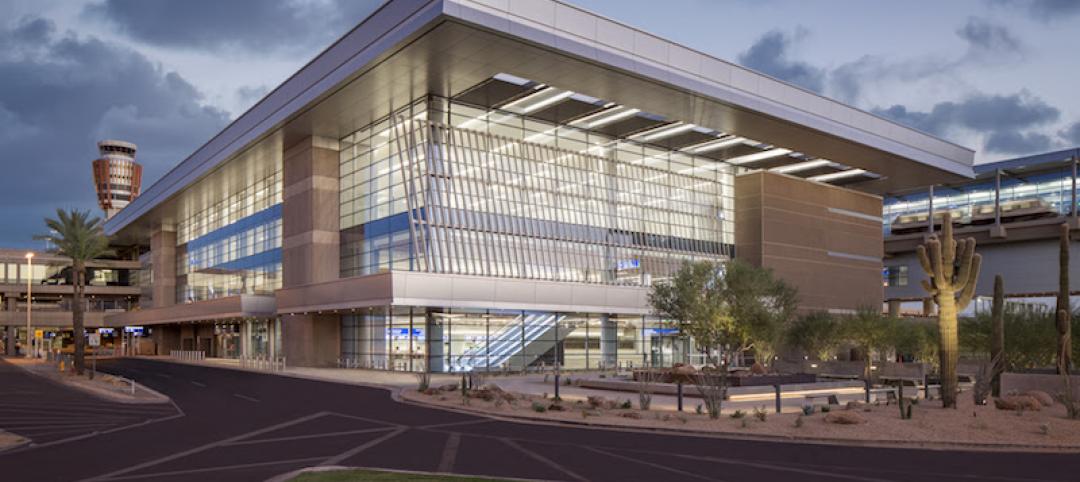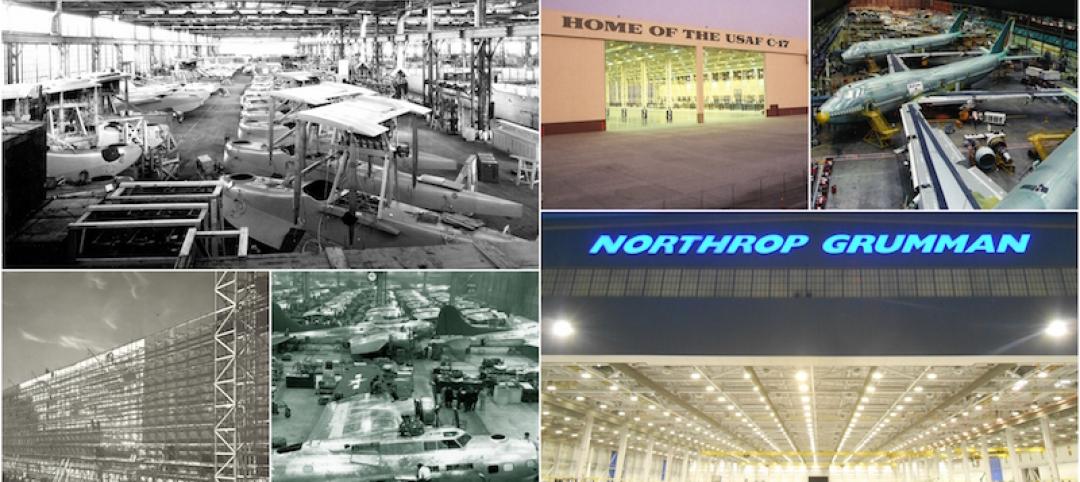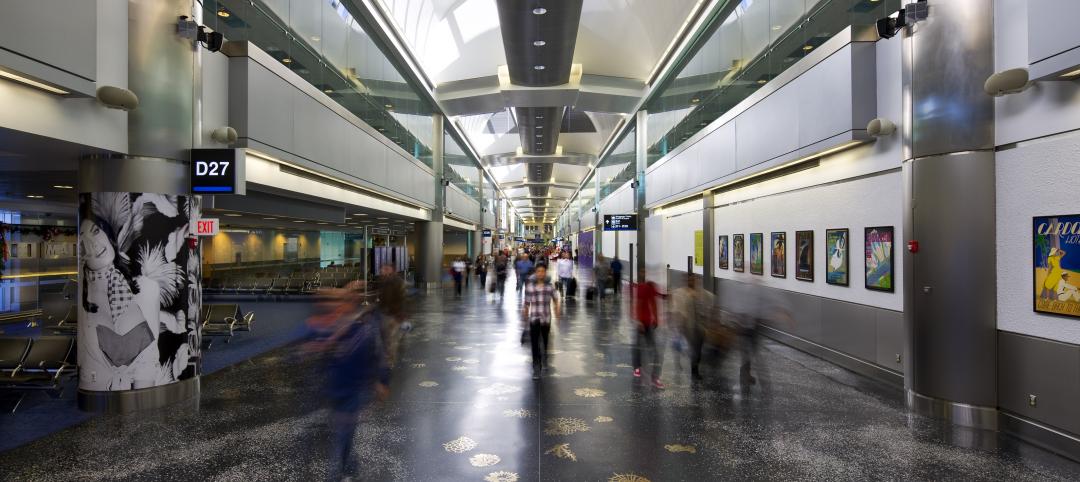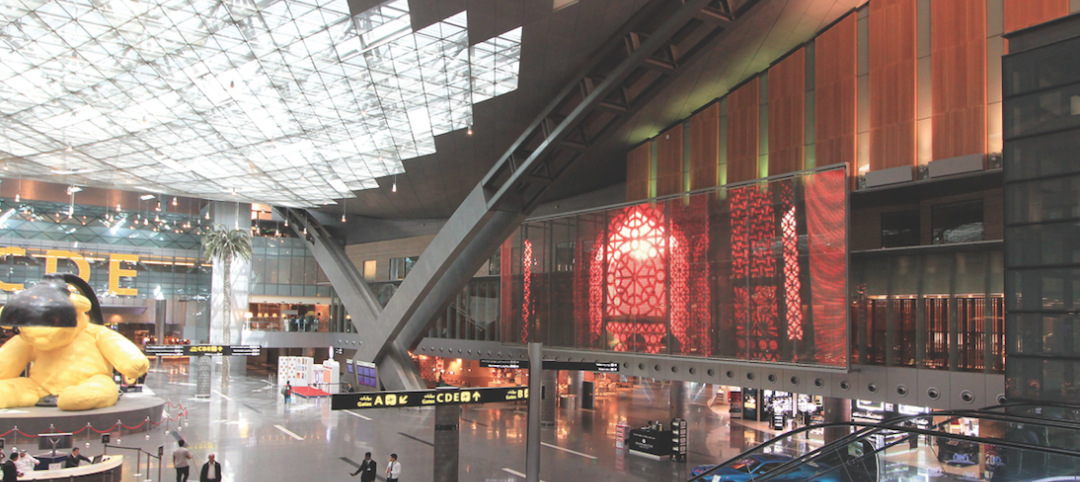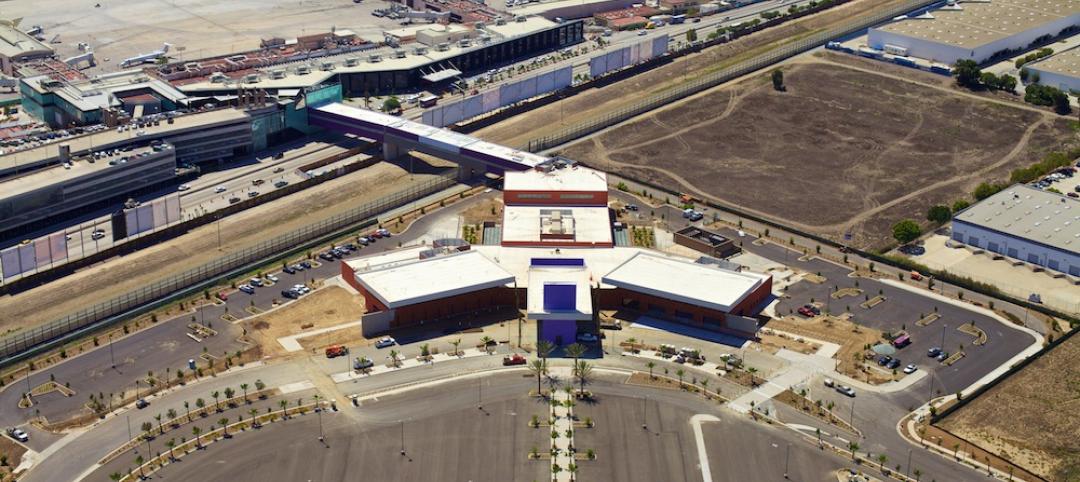Zahner announces its first venture into web-based software. The free software platform called ShopFloor, launched earlier today, contains a suite of intuitive tools for building complex architecture.
This is Zahner’s first software available to the public. However, it is not the first time Zahner developed code for architecture. In 2005, Zahner designed the first image-mosaic perforation algorithm for the de Young Museum in San Francisco. The technology behind this project made waves - Richard Lacayo stated in the Times, “what this building says is that maybe craftsmanship has a high-tech future after all,” and Julie Iovine said that “Seurat would have marveled.”
Zahner’s algorithm allowed the entire process to run smoothly on the factory floor, as though it were any other job. Zahner’s innovative new software takes this a step further. ShopFloor™ provides a user interface: a simple, easy and perhaps even fun way to produce facades not unlike the de Young Museum. Designs outputted by the software are preengineered and fabricated on Zahner’s shop floor.
“We’ve built a tool that uses our factory floor like a massive rapid prototype machine,” says CEO/President Bill Zahner, “You see the price, you manipulate your design, and we build it. This model never been applied to architecture.”
Screenshots of the ShopFloor designer in action. Photo © A. Zahner Company
Designers can see the price change as they manipulate the 3D model. This allows users to directly control and prevent value engineering of their design that would typically occur. When the design is complete and the purchase is made, Zahner produces the parts, crates the assemblies, and ships them to the job site.
The simplified design interface means that costs are greatly reduced when compared to traditional design, engineering and fabrication. “This is a truly unique approach,” says Director of Marketing, Gary Davis. “Instead of a back-and-forth design process, everything you build on ShopFloor is pre-engineered, stamped, and ready to ship.”
ShopFloor™ provides a direct interface to Zahner’s shop floor. The name, “ShopFloor” pays homage to the machines, facility, and skilled artisans with which the software gives you direct access. It is also a reference to the online store, an intuitive marketplace to design and build architectural systems.

The transparent pricing is perhaps the most revolutionary aspect of ShopFloor, giving the designer more control over the construction budget. Photo © A. Zahner Company
Zahner currently has three tools being rolled out for ShopFloor’s beta test:
• The first tool gives designers access to the system based on the company’s new headquarters in Kansas City, a fin-based shading system with flexible design parameters and a visually striking output.
• The second tool will give designers access to the ZIRA technology for creating perforated surfaces from photographs, and will be available Spring 2014 (see the de Young Museum).
• The third tool is a completely new technology, which enables designers to build standard glass and metal facades, but with a variety of customizable material claddings and will be available Spring/Summer 2014.
“With our tool, everything you design is quantifiably buildable,” says Zahner engineer Craig Long, “And quantifiably buildable designs have concrete costs. So we thought, what happens when a designer can see the cost of a facade? It’s that missing piece of the puzzle. For the designer, it’s knowledge, and it’s power.”
For more information, visit http://shopfloor.azahner.com.

Zahner’s Headquarters in Kansas City, the first facade system available for ShopFloor. Photo © Mike Sinclair; © A. Zahner Company

Detail of the fin-based facade for Zahner’s Headquarters, the first facade system available for ShopFloor. Photo © Mike Sinclair; © A. Zahner Company
Related Stories
Airports | Dec 6, 2016
Phoenix Sky Harbor International Airport creates a destination inside Terminal 3
DWL Architects, SmithGroupJJR, and Corgan design passenger experience that connects to the surrounding city and Sonoran desert landscape.
Airports | Nov 1, 2016
FAA forecasts a modest dip in spending for airports over next five years
Latest report based on surveys of 3,340 existing and proposed public-use airports.
Airports | Aug 31, 2016
Aircraft manufacturing facility innovation from The Austin Company
Austin’s many innovations contributed to the success of our clients by enabling them to operate in more efficient environments, optimize the flexibility of their operations, and meet aggressive schedules.
| Jul 29, 2016
AIRPORT FACILITIES GIANTS: Airports binge on construction during busy year for travel
Terminal construction will grow by nearly $1 billion this year, and it will keep increasing. Airports are expanding and modernizing their facilities to keep passengers moving.
Airports | Jun 1, 2016
LaGuardia Airport’s massive redevelopment begins construction
The development consortium has secured financing for the $4 billion project, and signed an operating lease through 2050.
Airports | Apr 6, 2016
HOK leads joint venture to expand and modernize Hartsfield-Jackson Atlanta International Airport’s domestic passenger terminal
The domestic passenger terminal is just the tip of the spear, as the world’s most traveled airport is about to undergo 20 years and $6 billion worth of changes.
Giants 400 | Jan 29, 2016
AIRPORT TERMINAL GIANTS: KPF, Jacobs, Hensel Phelps among top airport sector AEC firms
BD+C's rankings of the nation's largest airport sector design and construction firms, as reported in the 2015 Giants 300 Report
Metals | Jan 19, 2016
6 ways to use metal screens and mesh for best effect
From airy façades to wire mesh ceilings to screening walls, these projects show off the design possibilities with metal.
| Jan 14, 2016
How to succeed with EIFS: exterior insulation and finish systems
This AIA CES Discovery course discusses the six elements of an EIFS wall assembly; common EIFS failures and how to prevent them; and EIFS and sustainability.
Airports | Dec 13, 2015
Skybridge connects a terminal and airport on each side of the U.S.-Mexico border
Cross Border Xpress is the first phase of a larger development that will include hotels and offices.




